A life in colour: Legacy of Singapore’s ‘Bridge of Art’ creator Pacita Abad celebrated on remote island home
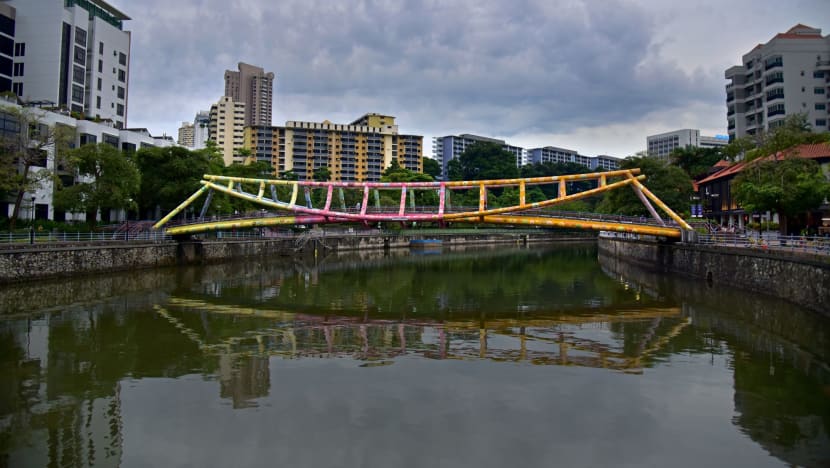
The colourful Alkaff Bridge in Singapore, one of Pacita Abad's final projects. (Photo: Hanidah Amin)
BASCO, PHILIPPINES: Pacita Abad was sipping coffee by the riverside in Singapore, deep in the throes of a cancer battle, when she was struck by artistic inspiration.
It was 2003, and her life had been one full of colour and creativity. But the transformation of a non-remarkable pedestrian bridge in a foreign land would became a final project of an esteemed life.
It was Alkaff Bridge at Robertson Quay - and its relative dullness - that had captured Abad’s imagination. Over the next year, the Philippine artist, with the assistance of a team of rope specialists, would defy her ailing health to create a lasting mark on the country’s contemporary landscape.
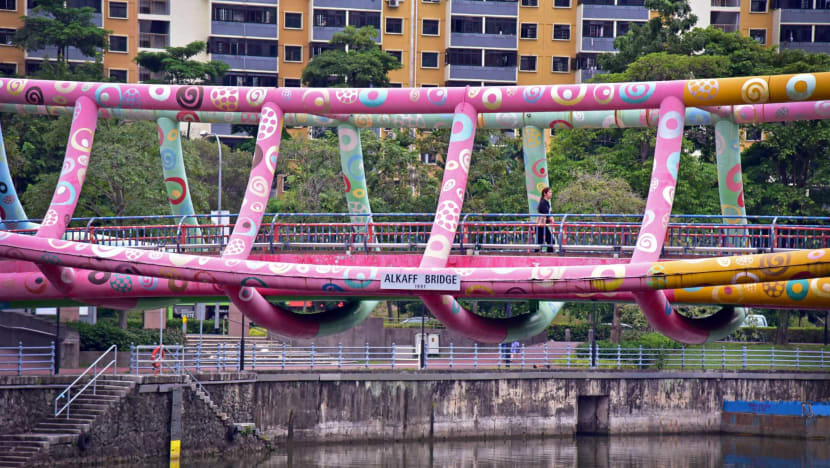
Abad’s sister Victoria remembers the feelings of positivity radiating from Pacita as her vibrant designs were fulfilled.
“She was so sick with cancer, in a wheelchair. She said to the doctor, ‘I’m going to die anyway, can’t I just finish the bridge? Why won’t you just let me work?’ She signed it at the end. That’s how amazing she was. Even in the last days of her life, she was still working.”
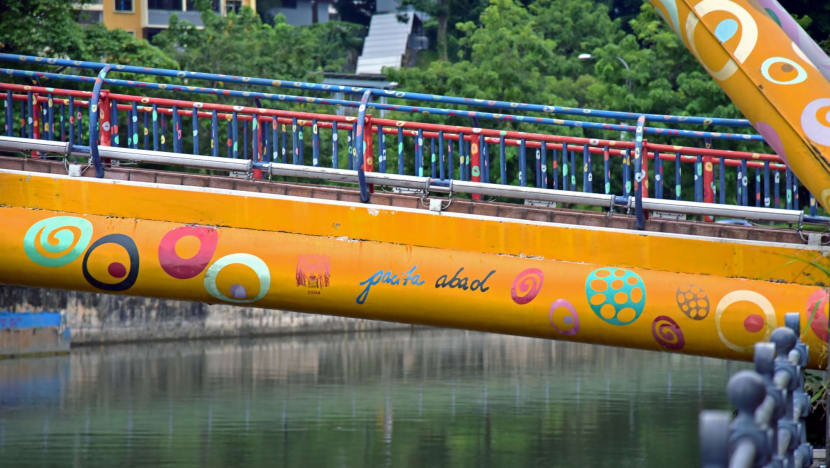
At the time, she described it as “a gift to Singapore”. “I passionately believe in public art and hope that this project inspires many more like it and brings art into the everyday lives of Singaporeans,” she said.
Throughout her career, Abad’s abstract works - often using materials like ceramic, glass and natural materials - would see her featured in galleries throughout the world and celebrated as a pioneering female artist in the Philippines.
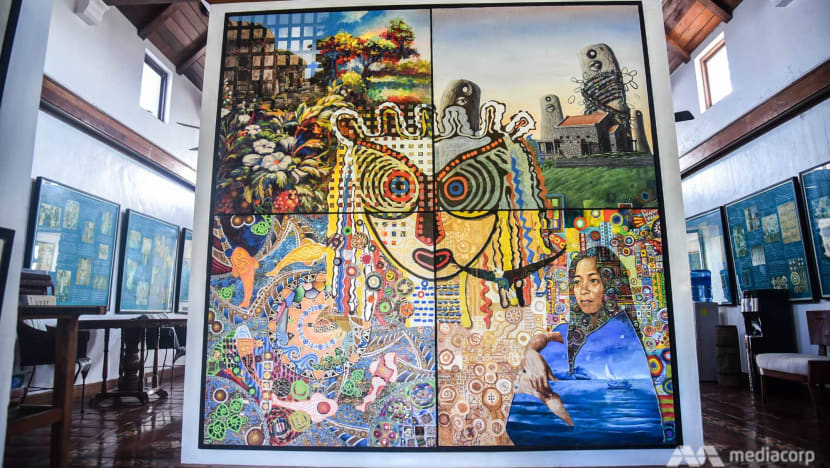
Abad would succumb to cancer in December 2004, yet her legacy remains alive, not only in the centre of Singapore’s river precinct and on gallery walls, but perhaps most strongly back on the remote island of her birth.
Abad, one of 12 siblings, was born in the post office in Basco, a town on Batanes, the Philippines’ northernmost province. It is a wild, weather-beaten land in the path of typhoons and encircled by unforgiving tides. The roots of her ancestors, the indigenous Ivatan, are deep on the island.


As children, the Abad clan would brave a three-day boat ride from their home in Manila to Batanes, somewhere their accompanying father would laud for its green rolling hills, sheer cliffs and rolling hills.
“We would land at that port, and as you can imagine, we were all seasick. Our father would wake us up, all clustered in one room, and say ‘Batanes, Batanes, Batanes. This is the most beautiful place in the world’. And we would say ‘Oh my god, there is nothing here. Just waves and it’s so ugly’,” Victoria Abad Kerblat said.
Over time, Pacita, as well as her siblings, would come to understand the magic and despite extensive travels around the world to spread and celebrate her art, it was in Batanes that a special connection was forged.
On an isolated hilltop, overlooking the Pacific Ocean, Abad built a small house and her dream studio. It was akin to a glass cathedral, paying homage to sky and sea.
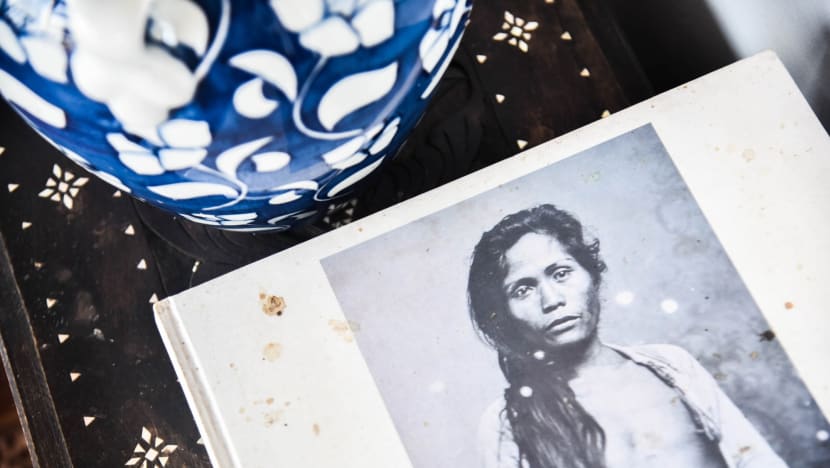
But far from just becoming an artist’s secluded refuge, it was symbolic of her investment in Ivatan culture and in a people often forgotten in a diverse nation. Batanes communities are rugged and a career in art, rather than the staples of fishing and farming, is a rare pursuit. Abad dreamt of changing that.
“Every time she came home, she saw the possibility of this becoming an artist haven and she tried to inspire a lot of artists. They would paint with her. They loved her,” Victoria said.
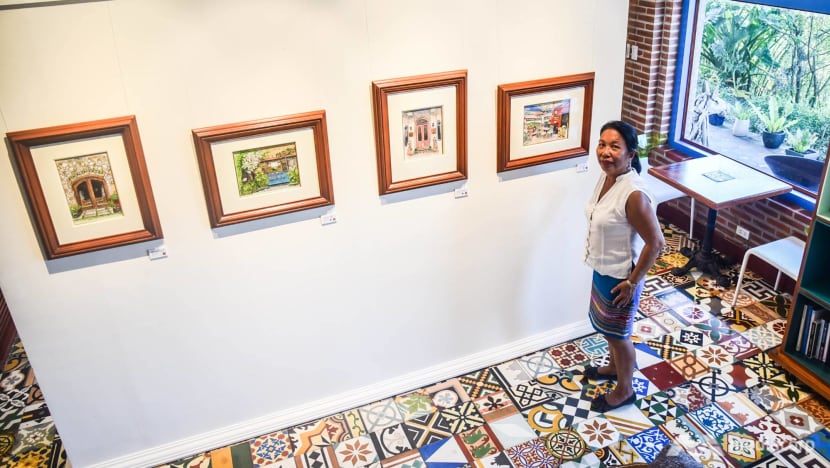
“She was a queen every time she came here. And she loved it here and she wanted to die here. When she passed away, she gave it (the house) to the family and the family decided we would make it into something.”
Abad’s house is no longer just a residence. It has been lovingly renovated and expanded by one of her brothers Butch Abad into a luxurious high-end hotel and professional gallery space. The property - now called Fudacion Pacita - embodies Abad’s spirit and showcases her style and designs.

At its core, the hotel and gallery also acts to serve the small Batanes community. It is strictly non-profit and the proceeds go towards supporting local artists, as well as other eco-tourism, livelihood and education programs in the province.
Jaypee Cortez, an upcoming local artist says he has been inspired by Pacita Abad and is exploring a creative path thanks to the resulting shift in social perceptions around the craft.
With a dozen or so other artists, he is working to further develop Yaru Arts Gallery, an art space and cafe that showcases and helps sell the works of locals. “Nowadays a lot people are getting interested in art, especially the youth,” he said.
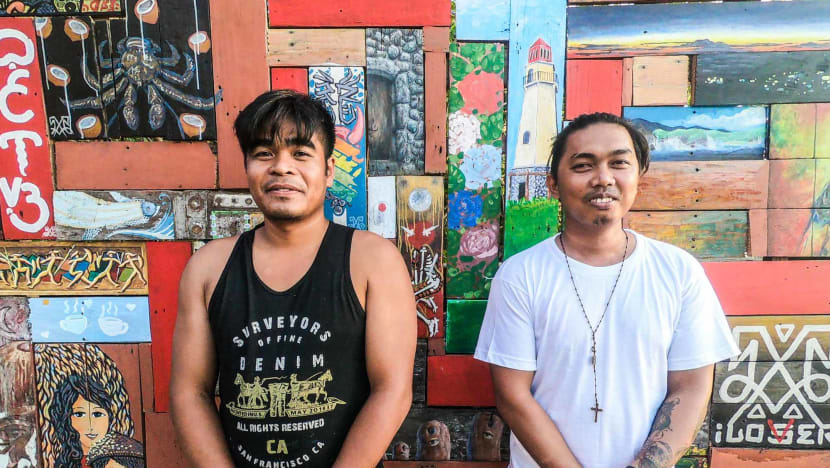
“Pacita's arts were an eye opener for us all. It shows us that we can showcase our art. Her art is all about colors and patterns. My inspiration is our own culture, mother and child, the fish vendors. That's what I’m showcasing in my paintings, the very rich culture of Batanes.”
Abad never saw her dreams for Batanes realised. Her statue though stands pride of place under the sun near the entrance to the hotel, overlooking the mountains and waves she learned to savour.
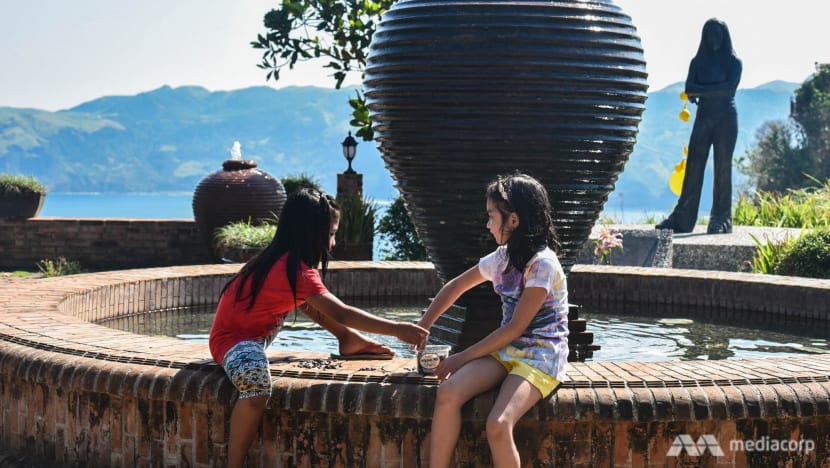
Children play around it, in the gardens and by a bubbling fountain. They have found joy in Batanes too. Victoria Abad Kerblat says her sister would be overjoyed.
“As you see more artists, you realise your dream is coming true. Everywhere you go, you are awed by the scenery. Just look at the sky and you can paint something. Paradise,” she said.
“I’m sure she’s looking from somewhere else now. She would be so happy.”














